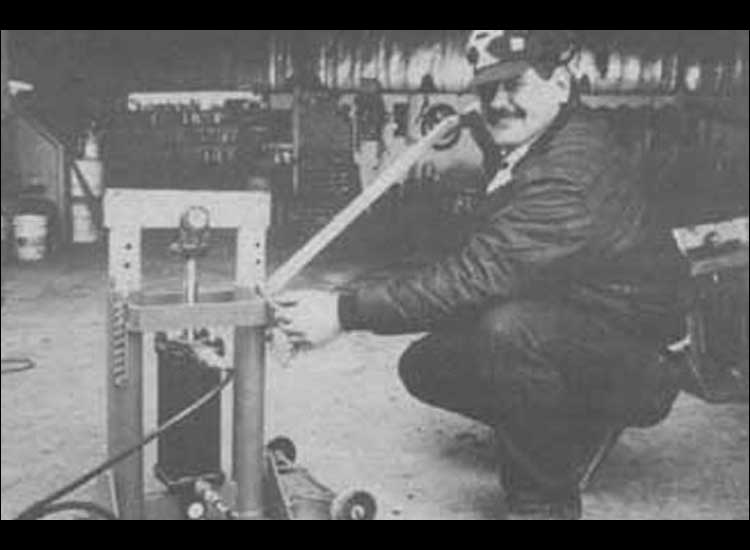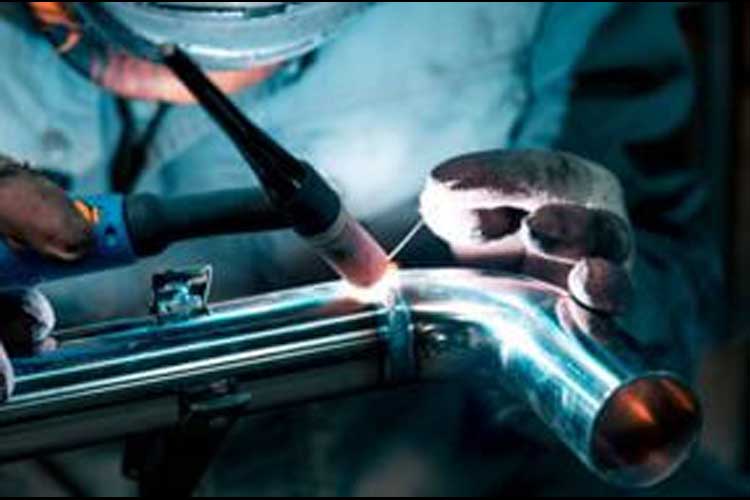A stroke engine is a mechanical device used to generate linear motion in various industrial and automotive applications. This machine plays a crucial role in many fields of engineering and manufacturing, and its invention has significantly impacted efficiency and productivity. This article will delve into the history of the stroke engine’s invention and its key inventors.
History of the Stroke Engine Invention
The stroke engine, often referred to as a linear actuator, is integral to various industrial machinery and motor vehicles. The history of the stroke engine is closely linked to the development of steam engines and internal combustion engines.
Steam Engines and the Industrial Revolution
In the late 18th century, steam engines became the backbone of the Industrial Revolution. James Watt was a pivotal figure in the development of steam engines. Although Watt did not directly invent the stroke engine, his contributions to the steam engine inspired many subsequent innovations in linear motion mechanisms. Watt’s steam engine used pistons to generate linear motion, which was then converted into rotational motion via a crankshaft.
Internal Combustion Engines
The development of internal combustion engines in the late 19th century marked the next significant step in the evolution of the stroke engine. Nikolaus Otto, the inventor of the four-stroke engine, and Rudolf Diesel, the inventor of the diesel engine, were key figures in this development. These engines used pistons moving up and down within cylinders, generating linear motion that was converted into rotational motion to drive vehicles.
Modern Stroke Engine Inventors
Modern stroke engines used in various industrial and automotive applications were further developed by numerous inventors and engineers. One notable figure in the development of stroke engines was Sir Joseph Whitworth, a 19th-century English engineer. Whitworth was known for developing lathes and other precision machine tools. The stroke engines designed by Whitworth were used in various manufacturing applications to produce precise linear motion.
In addition to Whitworth, many other inventors and engineers contributed to the development of modern stroke engines. Innovations in materials, mechanical design, and electronic control have continuously improved the performance and efficiency of stroke engines.
Applications of Stroke Engines
Stroke engines have various applications across different industries. Here are some primary examples of stroke engine applications:
Manufacturing Industry
In the manufacturing industry, stroke engines are used in machine tools for cutting, drilling, and engraving. Lathes, drills, and grinders all utilize the linear motion generated by stroke engines.
Automotive Industry
In the automotive industry, stroke engines are used in vehicle engines to move pistons up and down within cylinders. This is the fundamental principle of internal combustion engines used in cars, trucks, and motorcycles.
Medical Equipment
Stroke engines are also used in medical equipment, such as infusion pumps and orthopedic devices. The precise linear motion generated by stroke engines allows medical equipment to operate with high accuracy.
Robotics
In robotics, stroke engines are used in linear actuators that move robot arms and other components. This allows robots to perform tasks with high precision and reliability.
Conclusion
The invention of the stroke engine results from the contributions of many inventors and engineers who worked over centuries. From Watt’s steam engine to Otto and Diesel’s internal combustion engines, and modern innovations by Whitworth and others, the stroke engine has undergone significant evolution. It is now used in various industrial, automotive, medical, and robotic applications, helping to increase efficiency and productivity in numerous fields. The invention and development of the stroke engine are testaments to the importance of engineering innovation in advancing technology and industry.





